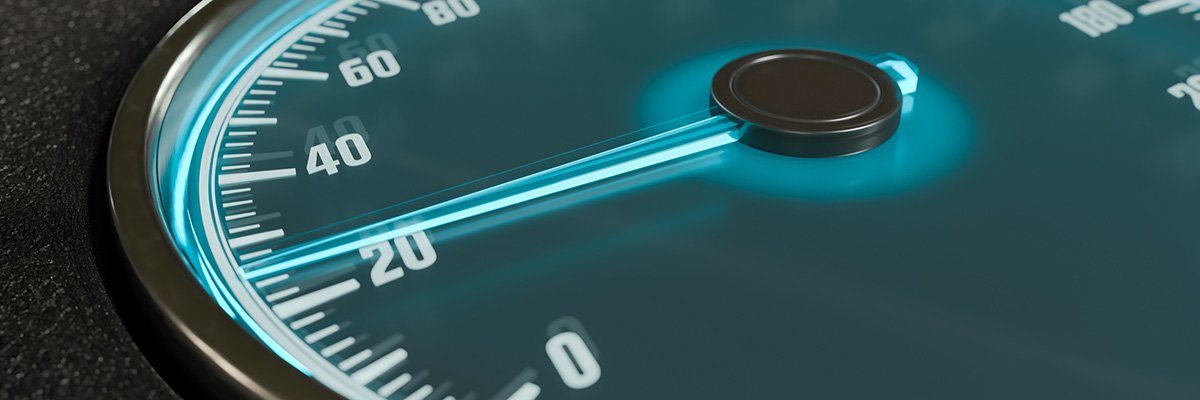By Bhavy Metakar, Hippos Exoskeleton Incorporated
Introduction
Anterior cruciate ligament (ACL) injuries are among the most serious threats to athletes. At Hippos Exoskeleton Incorporated, we are developing the world’s first Smart Adaptive Knee Brace — a wearable device designed to reduce the likelihood of these injuries. Central to our prototype is a high-speed airbag system that inflates during critical movements to stabilize the knee.
To test our designs, we conducted a motion capture experiment with athletes jumping from a platform and landing on one foot. Our goal was to investigate how various airbag configurations influence the valgus angle of the knee — a key factor linked to ACL injury risk.
Understanding the Valgus Angle
Valgus abduction of the knee is a significant contributor to the cause of an ACL injury, alongside hyperextension and tibial rotation [3]. Valgus abduction (or “knock-knee” movement) increases strain on the ACL during high-impact activities like jumping. We define the valgus angle as the angle between the femur and tibia on a plane parallel to the tangent of the patella. A higher angle (closer to 180°) means the knee is straighter and under less strain (Figure 1).
Our Airbag Designs
We tested three proprietary airbag configurations:
- Airbag 1: Supports the popliteal fossa (back of the knee) only as shown in Figure 2.
- Airbag 2: Supports the popliteal fossa and both the base and apex of the patella as shown in Figure 2.
- Airbag 3: A cylindrical wraparound design.
Experimental Setup
We recruited 17 athletes and used Hippos Exoskeleton’s in-house motion capture system and High Pressure Testing Apparatus (HPTA) as shown in Figure 3.
Our in-house motion capture system used computer vision and optical flow tracking to track white markers which were placed on each athlete as shown in Figure 4. Each athlete performed the same jump in three different conditions:
- Wearing no airbag
- Wearing each airbag uninflated
- Wearing each airbag inflated
Key Results
Raw Change in Valgus Angle
The maximum negative change (i.e., knee “caving in”) was measured across all configurations:
|
Configuration |
Change in Valgus Angle (°) |
|---|---|
|
Airbag 1 Uninflated |
−4.4° |
|
Airbag 1 Inflated |
−2.0° |
|
Airbag 2 Uninflated |
−6.1° |
|
Airbag 2 Inflated |
−1.95° |
|
Airbag 3 Uninflated |
−3.2° |
|
Airbag 3 Inflated |
−1.6° |
Efficacy
We define efficacy as the percentage reduction in valgus deviation between uninflated and inflated states:
- Airbag 1: 54.5%
- Airbag 2: 68.0%
- Airbag 3: 50.0%
The plots of valgus angle with different airbags under different conditions are shown in Figures 5 – 10. The following results from Figures 5 – 10 show the change in knee valgus angle with different airbag designs while jumping off a platform and landing on one foot. Positive y-axis values represent the knee joint straightening, which decreases the risk of injury because the strain of the knee’s ligaments decreases as the knee joint straightens [5]. Negative y-axis values represent the valgus abduction of the knee joint which increases the risk of injury because as the knee bends, it increases the strain of the knee’s ligaments [6].
Comparative Analysis
Some key observations:
- Airbag 2, when inflated, showed the highest and most consistent efficacy in reducing knee valgus.
- Airbag 3, while helpful uninflated, became less effective when inflated due to pressure limitations.
- All inflated airbags outperformed their uninflated counterparts.
- Uninflated airbags 1 and 2 closely resembled the “no airbag” condition, suggesting most of the protective effect comes during inflation.
Conclusion
Airbag 2, which supports both the patella and the back of the knee, demonstrated the greatest efficacy in reducing risky valgus movement — 68% reduction on average. It also produced the most consistent results across all participants.
This testing validates our design direction. Future iterations will explore pressure control algorithms, sensor integration, and compact form factors to enhance real-time responsiveness.
Airbags might not just be for cars anymore.
Future work
As it is evident from the data collected in Figures 5 – 10, there was a different (and small) sample size for each airbag under different conditions. For further rigorous validation, it would be necessary to repeat the testing methodology described at a larger scale so a statistically significant sample size is taken for each airbag design under different conditions.
Acknowledgements
This study would not have been possible without the contributions of Tamanna Shah, and our incredible athlete participants: Abdullah Mohammad, Hameem Islam, Kyoka Costantini, Anastasiia Tymko, Shreeya Agarwal, Saanvi Bajaj, Zion Darko, Pratyaksh Gupta, Akhilesh Sivananthan, Bhairav Shankar, Oli Long, Xiyangi Tan, Beatriz Vicario Santos, Kristian Olsen, Lilia Michaut, Oli Sharratt, and Levine Salim.
References
- TeachMeSurgery: Patella Fracture
- Kenhub: Popliteal Fossa
- Hewett et al., Journal of Orthopaedic Research, 2016
- Centeno, “Can You Treat a Valgus Knee Without Surgery?”, Regenexx Blog, 2024
- Markolf et al., Journal of Orthopaedic Research, 1995
- Ireland, “ACL Injury in Female Athletes,” Journal of Athletic Training, 1999


![Figure 1. How “valgus angle”, θ, is defined [4].](https://hackernoon.imgix.net/images/L5zXU7EYmEWuNPXiwOrBi8H6HPm1-07130sz.png?auto=format&fit=max&w=750)
![Figure 2. Base and apex of the patella (left) [1] and the popliteal fossa (right) [2].](https://hackernoon.imgix.net/images/L5zXU7EYmEWuNPXiwOrBi8H6HPm1-j6330b5.png?auto=format&fit=max&w=3840)



















